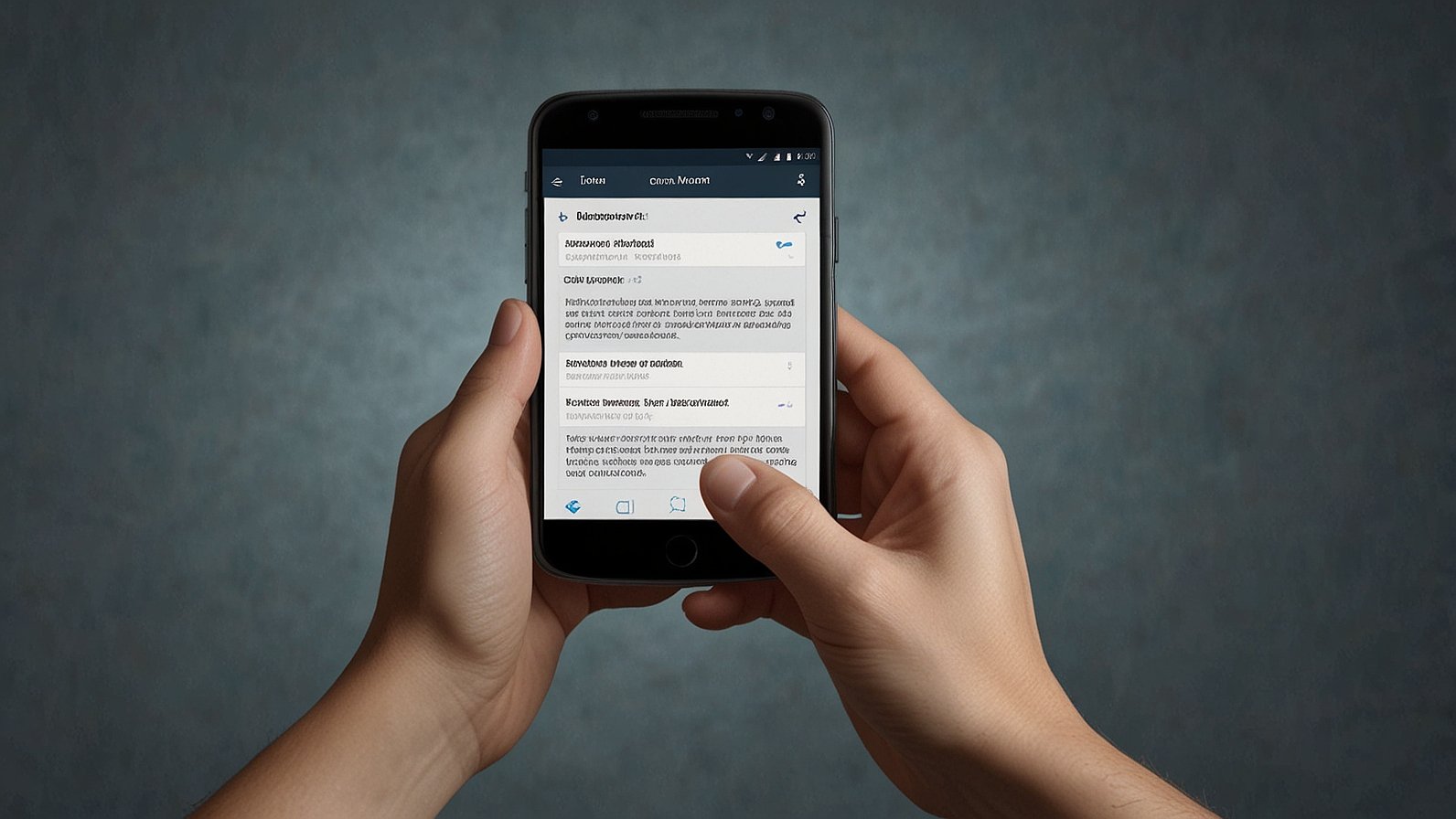Pickleball is an exhilarating sport that combines elements of tennis, badminton, and table tennis. As its popularity surges, players of all levels are looking for effective ways to refine their skills and elevate their game. Whether you’re a beginner eager to get started or a seasoned player aiming to fine-tune your technique, incorporating targeted practice drills into your routine can make a significant difference.
Here are some top pickleball practice drills that will help you enhance your play and become a more formidable competitor on the court.
1. The Dink Drill
Objective: Improve your soft game and net control.
How to Do It:
- Setup: Stand at the kitchen line (the non-volley zone) with a partner or against a wall.
- Execution: Gently tap the ball back and forth with your partner, focusing on keeping the ball low and close to the net. Aim to use minimal force and maintain a consistent height.
- Tips: Work on your touch and accuracy. The goal is to keep the ball from bouncing too high, which will make it easier for you to control and place it where you want.
Why It Works:
The dink drill helps players develop finesse and control around the net, crucial for setting up successful shots and managing opponents’ returns.
2. The Cross-Court Drill
Objective: Enhance your consistency and accuracy in shot placement.
How to Do It:
- Setup: Divide the court into two halves, with you and your partner positioned at the baseline on opposite sides.
- Execution: Alternately hit the ball cross-court, focusing on landing your shots within the designated area. Try to maintain a steady rhythm and adjust your positioning to ensure you’re hitting accurately.
- Tips: Use a variety of shot types (e.g., forehand, backhand, topspin) to build versatility. Challenge yourself to improve your accuracy and increase the speed of your shots over time.
Why It Works:
This drill helps players improve their shot placement and consistency, which are essential for effective rallying and creating scoring opportunities.
3. The Volley Drill
Objective: Develop quick reflexes and effective net play.
How to Do It:
- Setup: Stand at the net with a partner or coach, with one person feeding the ball to the other.
- Execution: Practice volleying the ball back and forth without letting it bounce. Focus on using a short, controlled stroke to keep the ball in play and react quickly to your partner’s shots.
- Tips: Work on your footwork to stay light and agile at the net. Pay attention to your grip and body positioning to maintain control over your volleys.
Why It Works:
The volley drill enhances your ability to handle fast-paced exchanges at the net and improves your reaction time, which is vital for successful net play.
4. The Serve and Return Drill
Objective: Refine your serving technique and improve your return of serve.
How to Do It:
- Setup: Position yourself at the baseline and have your partner stand on the opposite side, ready to return serves.
- Execution: Serve the ball to your partner, who will return it. Focus on different types of serves (e.g., top spin, slice) and work on placing the ball strategically. After serving, practice your return of serve with different angles and speeds.
- Tips: Experiment with various serve placements to keep your opponent guessing. For returns, practice reacting to different serve types and placing your return strategically.
Why It Works:
This drill helps players develop a strong and varied serve, which is essential for gaining an advantage in points. It also improves your ability to handle and return different serve types effectively.
5. The Shadow Drill
Objective: Improve footwork, positioning, and overall technique.
How to Do It:
- Setup: Stand on the court without a ball.
- Execution: Mimic different pickleball shots and movements, such as forehands, backhands, and footwork patterns, as if you were playing a real game. Focus on proper technique, movement efficiency, and positioning.
- Tips: Visualize an opponent’s movements and responses to make the drill more dynamic. Pay attention to your form and adjust as needed.
Why It Works:
The shadow drill allows players to practice their technique and movement without the distraction of a ball, helping to reinforce proper form and muscle memory.
6. The Reaction Drill
Objective: Enhance quickness and reaction time.
How to Do It:
- Setup: Stand in the center of the court with a partner or coach who will be feeding balls to you.
- Execution: Your partner will randomly feed balls to different areas of the court. React quickly to each ball and move to intercept it. Focus on maintaining speed and agility as you move.
- Tips: Work on improving your reaction time and agility. Practice moving efficiently to cover the court and anticipate your partner’s shots.
Why It Works:
The reaction drill sharpens your ability to respond quickly to unpredictable shots and enhances your agility and court coverage.
In Conclusion
Integrating these essential pickleball practice drills into your training routine can greatly enhance your game and improve your performance on the court. By honing in on critical aspects like net play, shot accuracy, and reaction time, you’ll advance toward becoming a more proficient and strategic pickleball player.
To further elevate your training, consider using the Titan Pickleball Machine, which allows for consistent and precise practice sessions. Remember, regular and focused practice is crucial for progress, so make these drills a staple in your training regimen and watch your game reach new heights with the added advantage of the Titan Pickleball Machine.











